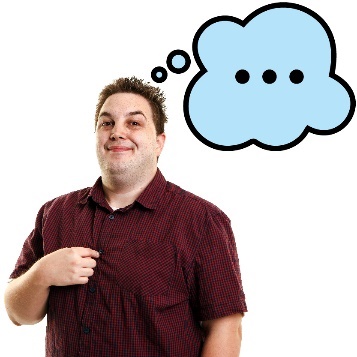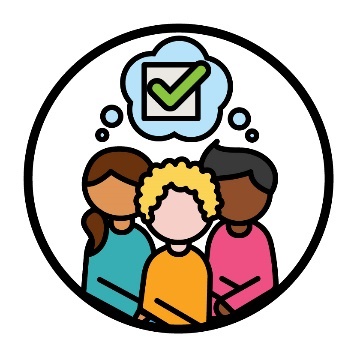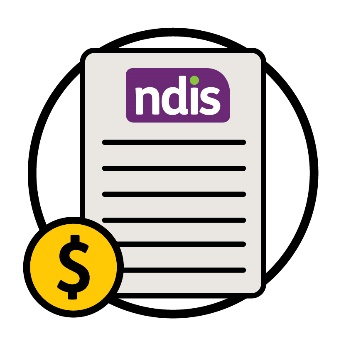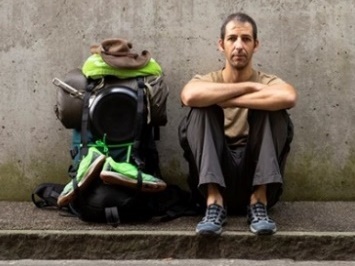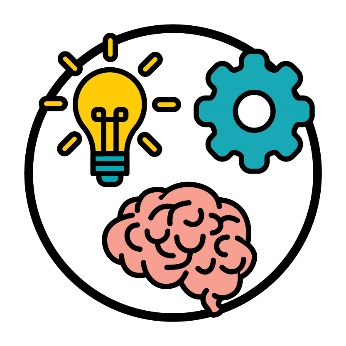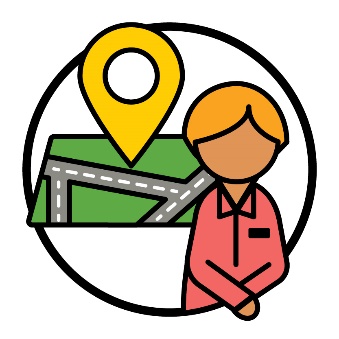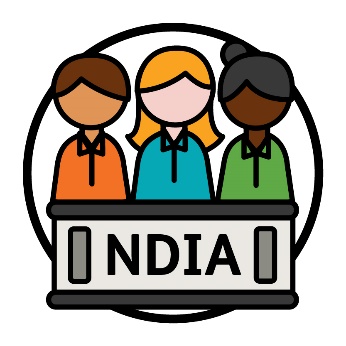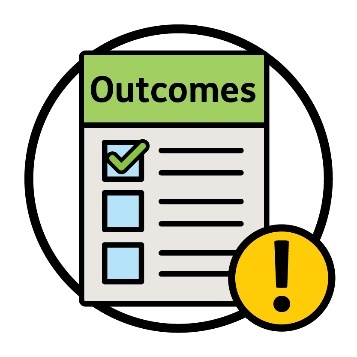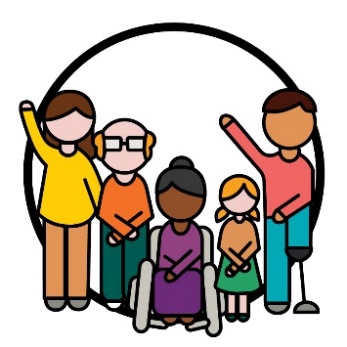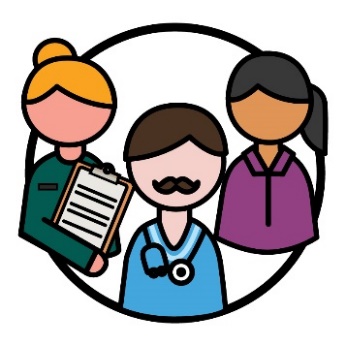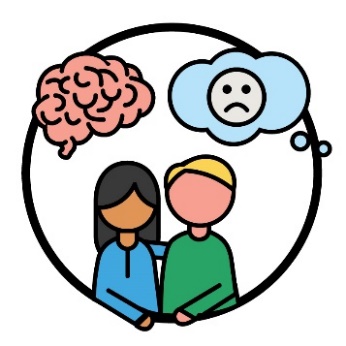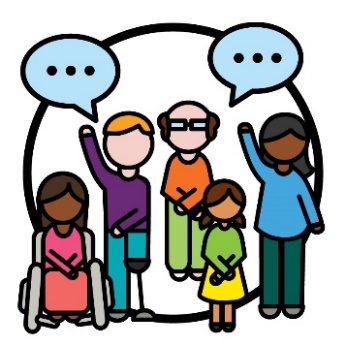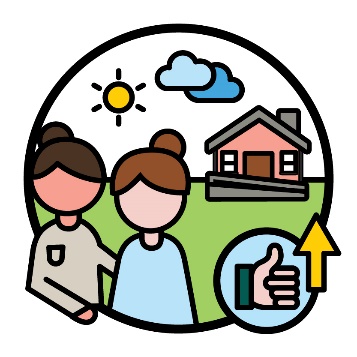Word list
This list explains what the bold words in this document mean.
|
|
Attitude Your attitude is what you think, feel and believe. |
|
|
|
Bulletin A bulletin is an important news item we share with the community. It explains what we did in our last meeting. |
|
|
|
Circles of support Circles of support are groups of people who:
|
|
|
|
Funding Funding is the money from your plan that pays for the supports and services you need. |
|
|
|
Homeless People who are homeless do not have a home. They must find a place to sleep each night. |
|
|
|
Individualised living options (ILO) ILO is a way of setting up the support you want at home. |
|
|
|
Intellectual disability An intellectual disability affects how you:
|
|
|
|
Local area coordinators (LACs) An LAC is someone who helps people with disability find and use supports and services. |
|
|
|
Minister A minister leads an area of the government. |
|
|
|
NDIA Board The NDIA Board is a group of people who make decisions about all parts of the NDIA. |
|
|
|
NDIA planner An NDIA planner is someone who:
|
|
|
|
NDIS Review The Australian Government is checking the NDIS to find out what:
They call it the NDIS Review. |
|
|
|
Outcomes Outcomes are important results we want to get for people with disability. |
|
|
|
Participants Participants are people with disability who take part in the NDIS. |
|
|
|
Providers Providers support people with disability by delivering a service. |
|
|
|
Psychosocial disability A psychosocial disability affects your mental health. It can affect how you:
|
|
|
|
Reference Group A Reference Group is a group of people who give us advice about a certain topic. |
|
|
|
Royal commission A royal commission is how the government looks into a big problem. It helps us find out what:
|
|
|
|
Supported independent living (SIL) SIL is help with day-to-day tasks around your home so you can:
|
|
|
|
The Information Access Group created this Easy Read document using stock photography and custom images. The images may not be reused without permission. For any enquiries about the images, please visit www.informationaccessgroup.com. Quote job number 5264-B. |
